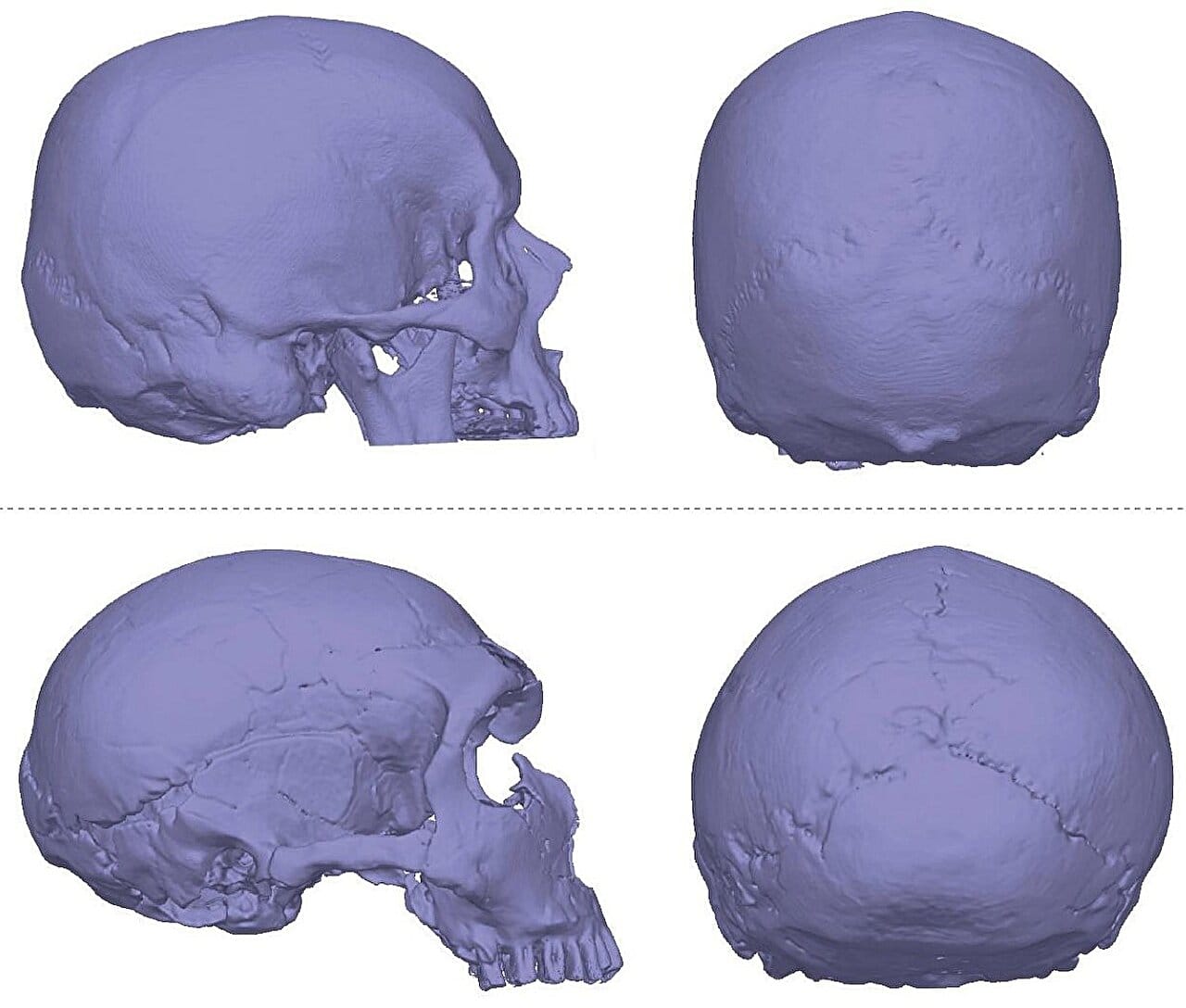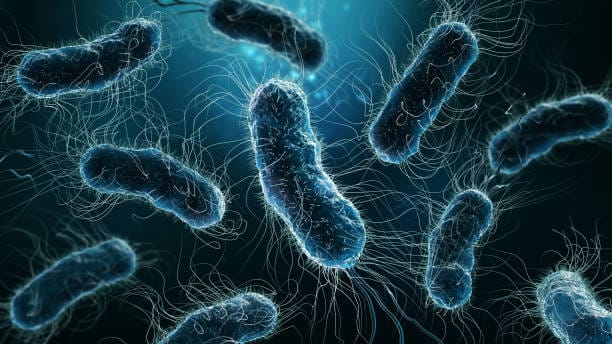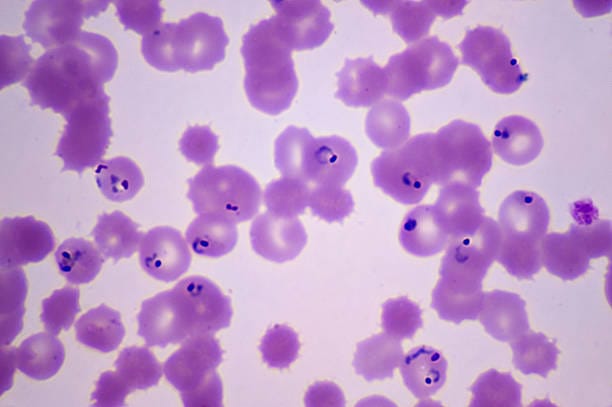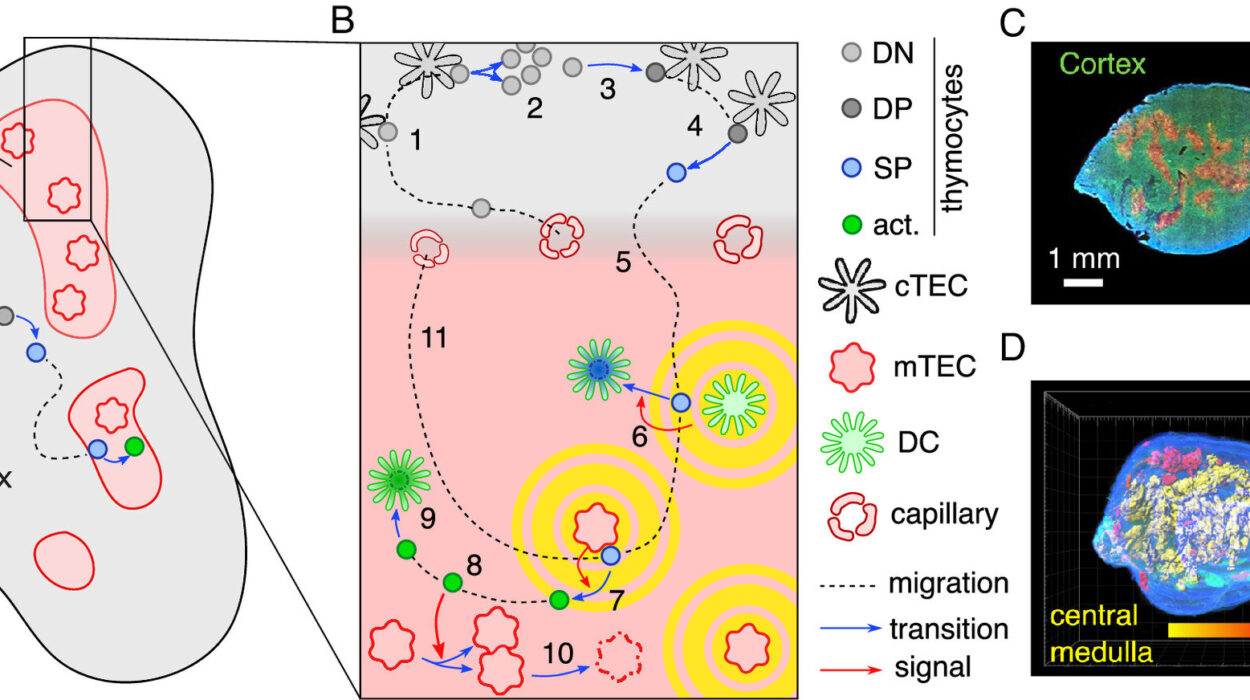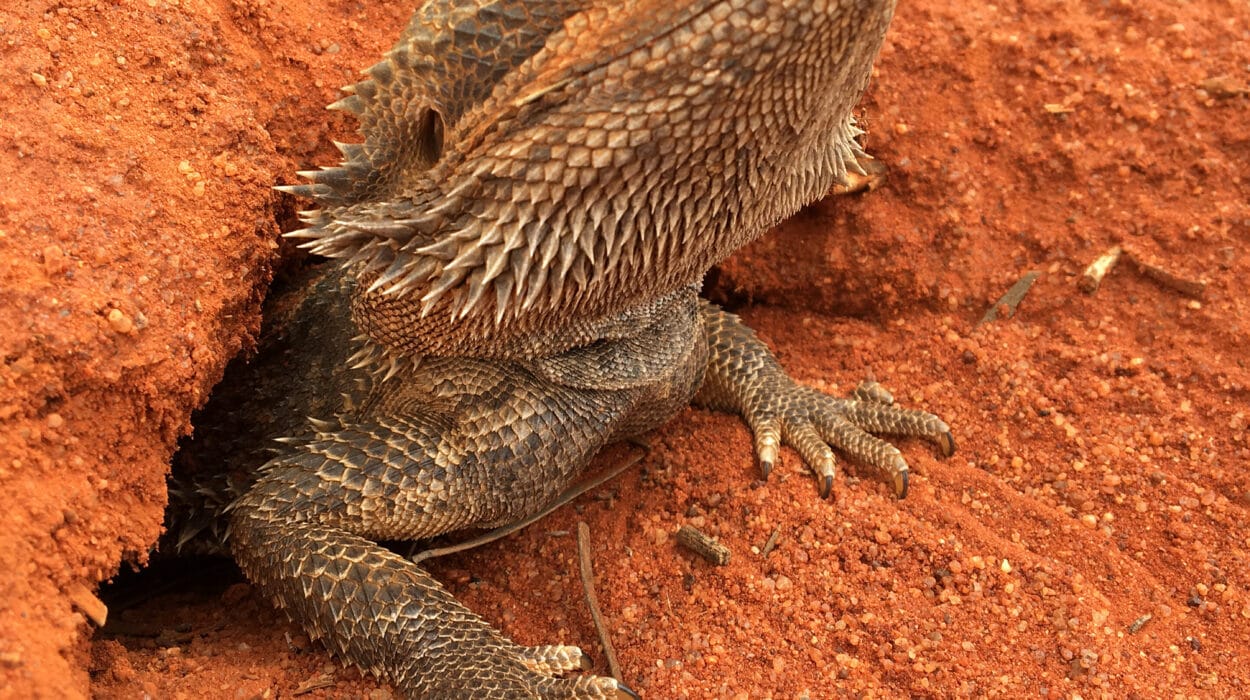It’s a curious connection—headaches, dizziness, blurred vision, and balance problems. While these symptoms are often dismissed as part of a busy, modern lifestyle, they might actually have a more ancient cause. Imagine this: the shape of your skull might be carrying a hidden legacy from our Neanderthal cousins, and this ancient inheritance could be responsible for the headaches you’ve been struggling with.
Recent research suggests that a structural defect in the brain, known as Chiari malformation, could be the result of an ancient genetic inheritance passed down through interbreeding between early Homo sapiens and their archaic relatives, including Neanderthals. This finding not only sheds light on an obscure medical condition but also opens a fascinating window into how the past continues to influence our lives today.
What is Chiari Malformation?
At its core, Chiari malformation refers to a structural defect where the lower part of the brain extends into the spinal canal. This condition disrupts the normal flow of cerebrospinal fluid and can cause a variety of symptoms ranging from mild to severe. The most common form of this condition, Chiari 1, affects roughly 1 in 100 people and is typically associated with headaches, dizziness, blurred vision, and balance problems. But what if these troubling symptoms are more than just the result of modern living? Could they be linked to a gene pool that’s been around for tens of thousands of years?
That’s exactly what a group of researchers, led by Kimberly Plomp at the University of the Philippines Diliman, set out to explore. Their study, published in the journal Evolution, Medicine, and Public Health, delves into the potential connection between Chiari malformation and ancient human ancestors, specifically Neanderthals.
The Archaic Homo Introgression Hypothesis: A Genetic Legacy
The idea behind the study is based on a theory known as the Archaic Homo Introgression Hypothesis. This hypothesis proposes that during the time when Homo sapiens and archaic humans, such as Neanderthals, Homo erectus, and Homo heidelbergensis, coexisted, there was a significant amount of interbreeding. As a result, modern humans carry a small percentage of DNA from these early human species—about 1–2% of Neanderthal DNA in the genomes of people of non-African descent.
Plomp and her team wanted to test whether this interbreeding might have contributed to the development of Chiari 1 malformations. Specifically, they hypothesized that the genetic traits responsible for the unusual shape of the skull in people with Chiari 1 might trace back to Neanderthals, who were known for having different skull shapes compared to modern humans. Could it be that certain structural characteristics of the skull—traits inherited from our Neanderthal ancestors—are contributing to Chiari malformations today?
Reconstructing Skull Shapes: A Groundbreaking Analysis
To investigate, the team took an innovative approach, building 3D models of skulls using CT scans from 46 living adults diagnosed with Chiari 1 and 57 healthy control subjects. These detailed models allowed the researchers to examine the specific shape of the skull—particularly the occipital bone, located at the back and base of the skull. This bone plays a crucial role in the structure of the brainstem and cerebellum, the parts of the brain that control balance and motor coordination.

What the team found was striking: the skulls of individuals with Chiari 1 had a smaller, flatter occipital bone and showed signs of brain compression at the base of the skull where the cerebellum sits—features that were eerily similar to those seen in Neanderthal skulls. In contrast, the skulls of the control group, who did not suffer from Chiari 1, more closely resembled modern human skulls.
This discovery provided compelling evidence that the skull shape of people with Chiari 1 might resemble that of Neanderthals more than modern Homo sapiens. The correlation was strong enough to suggest that the condition might have been passed down from ancient human ancestors through Neanderthal introgression—the gene flow from Neanderthals into the human gene pool.
Neanderthal Genes: The Missing Link
But while the results were intriguing, the researchers stopped short of fully supporting the Archaic Homo Introgression Hypothesis. According to Plomp, the findings suggest that the Chiari 1 malformation may be more specifically linked to Neanderthals rather than the broader family of archaic human species, such as Homo erectus or Homo heidelbergensis.
“The simplest explanation for the results we obtained would seem to be that the Archaic Homo Introgression Hypothesis is too broad,” Plomp explained. “Our results are consistent with [the relevant genes] being traceable just to Homo neanderthalensis.”
In other words, while Neanderthal DNA might be playing a key role in the skull abnormalities associated with Chiari malformations, it’s not entirely clear whether other archaic humans contributed to this condition.
Uncovering the Past, Improving the Present
These findings offer a glimpse into the ancient world and suggest that the genetic legacy of interbreeding between Homo sapiens and Neanderthals could be influencing our health today in ways we never expected. For millions of people suffering from Chiari 1 malformations, this study could hold the key to unlocking the origins of their condition—and potentially lead to new methods for diagnosis and treatment.
As Plomp and her colleagues move forward with their research, their next step will be to dive deeper into the genetic underpinnings of Chiari malformations. They plan to look for Neanderthal-specific genes in the DNA of people diagnosed with Chiari 1. If such genes are identified, it could provide new insights into the condition’s origins and open the door to more effective surgical interventions or even genetic therapies.
The discovery also raises larger questions about how ancient human DNA continues to shape our lives today. With nearly everyone of non-African descent carrying some percentage of Neanderthal DNA, it’s possible that other modern health issues may be linked to this genetic inheritance, waiting to be discovered by future research.
An Ancient Link to Modern Ailments
For now, the connection between Neanderthal DNA and Chiari malformations offers a compelling narrative about how our distant ancestors are still influencing our biology today. While the symptoms of Chiari 1 may seem like an unfortunate, modern-day issue, they could actually be the result of an ancient legacy—one that spans hundreds of thousands of years.
In a world where genetics is increasingly seen as a blueprint for both health and disease, this research reminds us that we are all, in some way, connected to our ancient relatives. Whether it’s a trait that helped our ancestors survive the harsh climates of the Ice Age or a structural quirk that affects our health today, the shadows of Neanderthals—and other ancient humans—are still with us, shaping who we are in unexpected and fascinating ways.
Reference: Kimberly Plomp et al, A test of the Archaic Homo Introgression Hypothesis for the Chiari malformation type I, Evolution, Medicine, and Public Health (2025). DOI: 10.1093/emph/eoaf009
